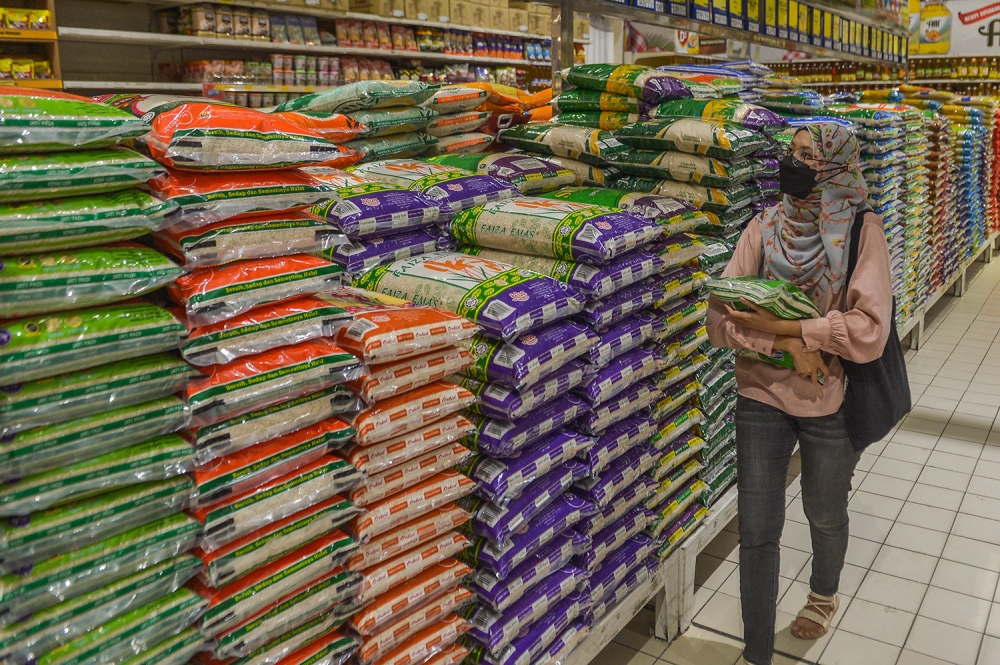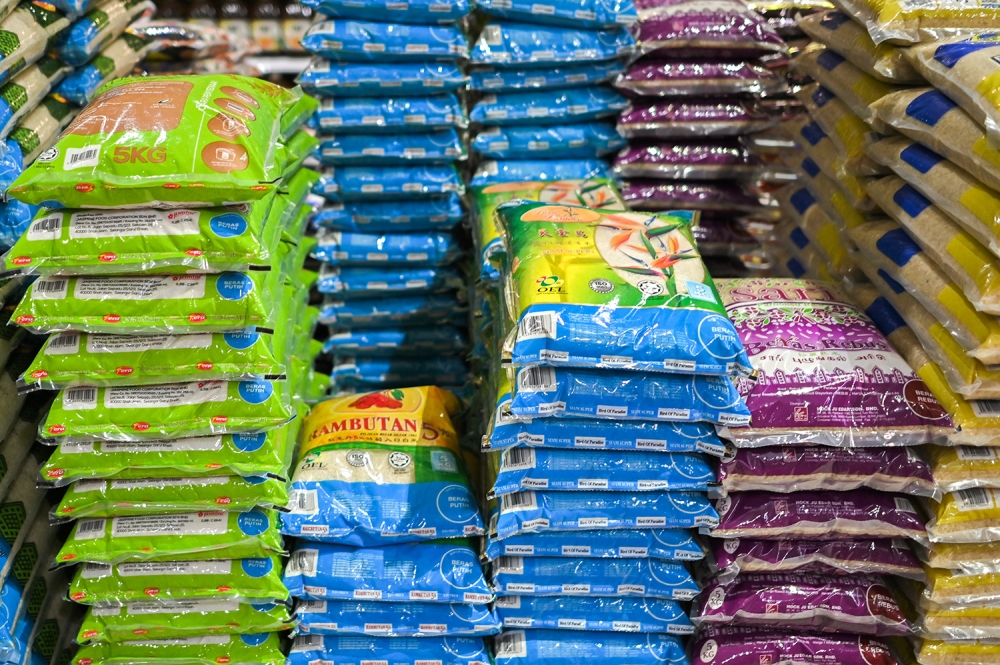KUALA LUMPUR, Feb 21 — For many of us here in Malaysia, rice is an essential part of our daily diet.
But beyond being a main food source, there is more to the simple rice grain, Anni Mitin, who is vice-president of the Malaysian Agroecology Society for Sustainable Resource Intensification (SRI-Mas), said.
Knowing the origins of rice types is important as it offers a better understanding of how consumers can be part of a society that not only eats but helps preserve rice, especially those that are native to Malaysia.
Anni said that at present there is a lack in rice education among Malaysians: what is local rice, premium rice and heirloom rice or traditional rice, and why these types of rice are not easily available here in the city.
Tasting traditions
“This is mainly because all these heirloom rice or traditional variety rice, are produced in very limited quantities as it has always been planted for subsistence needs through family farming and is very small scale.
“Like my mother, she plants four varieties — traditional varieties and this is mainly for our family consumption.
“Because it is a subsistence farming system, first you take care of your own family needs and then if there is extra you probably sell it,” she explained.

Sell or exchange
This is normally the practice in many villages, Anni said, giving the example of her own in Sarawak, where the rice types vary between different households.
“Different households will plant many different varieties and we will exchange.
“So I’ll try your variety... I don’t have to plant everything. That’s how diversity works in our area,” she said.
500 types of rice
There are 500 types of heirloom rice varieties and each of them tastes different, Anni said.
“First of all, you will look at the grain — whether it’s long grain, short grain or medium grain. And then texture, whether it is starchy, the colour and flavour, it is all different.
“We have discussed this because there is new interest to discover our local rice. Sri-Mas has spoken to Kenyalang — one of the companies who carry indigenous rice — that we want to do something like a rice tasting festival,” Anni said, referring to the Malaysian Agroecology Society for Sustainable Resource Intensification or Sri-Mas.
“So you can try different rice types, taste and not only that, get to know the different origins of rice like even the Bario rice, because Bario rice that you plant in Bario, Sarawak and Bario rice that you plant down south in Sri Aman, will taste different due to water and soil,” she added.
Anni stressed that this was one of the reasons why rice farmers in Sabah and Sarawak appreciate what they plant as they get to consume their own harvests compared to farmers in peninsular Malaysia or Semenanjung.
“Compared to the farmers in Semenanjung, they plant rice but they don’t get to eat the rice that they plant.
“And this is so sad, because most of the rice farmers have to sell their rice and they buy rice not knowing that the rice came from their plot,” she added.
She also pointed out that this is one of the reasons contributing to the change in stories and narratives behind rice farming in Semenanjung in comparison to Sabah and Sarawak where rice farming is still very much a culture ingrained in the people.

Semananjung versus East Malaysia
In East Malaysia, Sabah native researcher Elizabeth Gimbad said the scenario is different.
In Semenanjung, the rice industry is very much dependent on farmers buying seeds from sellers or producers; what they are buying is modern rice varieties.
“Their heirloom rice varieties have more or less died out and something I discovered, they do have some rice seeds that they preserve for their own use but when we really trace back, it’s what we call MR (Malaysian rice) varieties from the 1970s or 60s. So we don’t really know what they were planting before that.
“The Orang Asli in Semenanjung, some of them will plant hill rice (padi bukit) — there’s some hill rice cultivation still ongoing — but I remember about six years back there was a very bad drought and they lost all their seeds and due to that they contacted an Orang Asal in Sabah to ask if they could get some of the hill rice seeds so they can start planting again, and that exchange happened,” Elizabeth explained.
So from that one handful of rice, they managed to feed the whole village, she said.
Rice and class
On top of the lack of knowledge about local rice, Elizabeth who specialises in social and cultural anthropology (anthropology of food, and ethnic identity) said there is a certain attitude towards it.
“This is something which I discovered among my circle, where everyone talks about eating Basmati, but the attitude towards local rice is that it’s for the B40,” she explained, referring to the bottom 40 per cent of the Malaysian income classification.
“I also discovered something else, that in one household, a friend of mine had to buy three different types of rice — par-boil rice for her grandmother, Basmati or Thai-Jasmine rice for the rest of the family; and when it came to local rice it was for the maid and the dog. Yes, that’s how the hierarchy goes,” she said.
Anni and Elizabeth were responding to a report published by Khazanah Research Institute (KRI) in January which mooted cultivating unique rice in East Malaysia on a large scale as revenue-generating crops.
The think tank said there were around 500 unique rice varieties and that these seeds need to be preserved to prevent genetic loss of their unique characteristics; among them the Bario, Biris and Bajong.






















